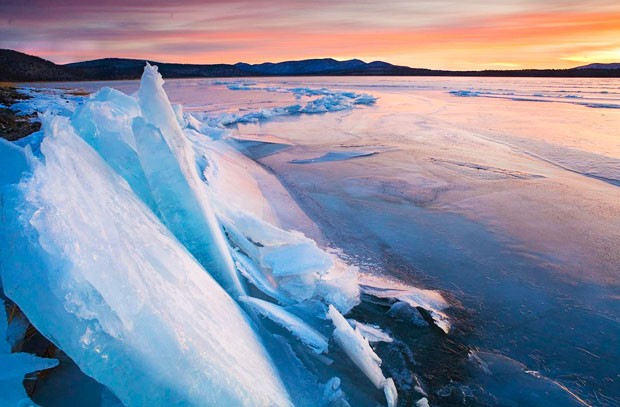News release
NEW RESEARCH: 98 scientists launch a 2,000-year global temperature database

Montreal, October 2, 2017 - A team of 98 scientists from 22 countries has compiled the most comprehensive database of past global temperature records to date, spanning 1 CE to the present.
“This is a shining example of large-scale cooperative science,” says Jeannine-Marie St-Jacques, assistant professor in Concordia’s Department of Geography, Planning and Environment, who contributed to the publication.
“Together we did what we couldn’t do independently or in small groups.”
The culmination of three years of painstaking collaborative work, the PAGES2k 2,000 Year Multiproxy Database contains 692 records from 648 locations across the globe, including new additions from all continents and ocean basins.
The records include trees, corals, glacier ice, lake and marine sediments, as well as documentary evidence. Together, they form the largest body of climate records with the highest temporal resolution available, ranging from the biweekly to the bicentennial.
The data set is the result of an initiative of the Past Global Changes (PAGES) Project, an association of paleo-scientists whose mandate is to promote and improve understanding of past global environmental and climatic changes in the Earth system. It is an updated version of the influential 2013 PAGES2k database, which also sought to reconstruct surface temperature across the globe over two millennia.
The improved and expanded version was published online in Nature: Scientific Data in July.
The database was uploaded in various formats as an open-access document. The authors hope this accessibility measure will give scientists and citizens in general more accurate tools for studying the causes and patterns of global temperature changes.
‘We’re warming, as we feared, and very fast’
Studying the past is key to providing context for long-term climatic variability. In particular, it’s important for distinguishing between the anthropogenic and natural causes of climate change.
As St-Jacques points out, instrumental measurements of global observed temperature changes only date back 150 years or so, at the very best. In much of Canada, it’s about 50 years.
Data from before that period must be taken from proxy records — indirect sources of climate information. These range from ice cores and tree rings in higher latitudes, to corals in the tropics, to pollen worldwide.
St-Jacques is an expert specializing in trees, diatoms and pollen. She contributed pollen records to the database.
The 692 records were collected from scientific literature and online repositories. The individual temperature records were then averaged out and compared. They show a long-term cooling trend followed by a sharp warming increase beginning in the 19th century. The result, which holds across the proxy data, is consistent with previous climate change research.
“The instrumental records show a steep rise in temperatures, but they don’t show what we’re coming out of,” St-Jacques says.
“For that, you need to go to the paleo records. Now that we have the broadest yet most stringent collection of temperature data, we can say yes, we’re still seeing that hockey stick pattern that earlier researchers have found.”
In other words, St-Jacques adds, “It confirms that we’re warming, as we feared, and very fast.”
New records are being added to the database as they become available, and a number of subgroups from the initial consortium of scientists have already been tasked with writing scientific reports based on the collected data.
St-Jacques has just finished preliminary work in the Gaspésie this summer as part of an effort to get more temperature-sensitive tree rings for this purpose. She sees the work as a necessary part of responsible data stewardship — research that will ultimately help us better understand and prepare for the full impacts of future climate change.
“This kind of housekeeping is something that we as scientists have to do.”
Read the cited project, “A global multiproxy database for temperature reconstructions of the Common Era.”
Source
© Concordia University